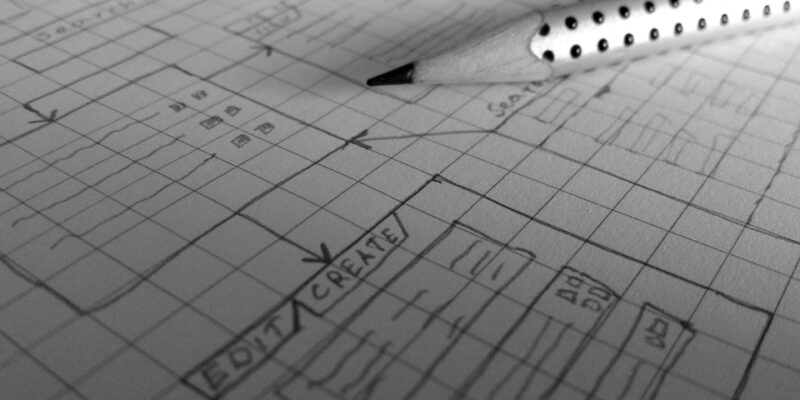The Rise of Digital Art: How Technology is Shaping Creativity in the Art World
In recent years, digital art has been gaining popularity among artists and art enthusiasts alike. With advancements in technology, artists are now able to create stunning works of art using digital tools and software. This shift towards digital art has opened up new possibilities for creativity and expression in the art world. In this article, we will explore how technology is shaping the world of art and how digital art is becoming a powerful medium for artists to express themselves.
Advancements in Technology
The rise of digital art can be attributed to the rapid advancements in technology over the past few decades. With the development of powerful computers, sophisticated software, and digital tools, artists now have the ability to create intricate and detailed artwork that was once impossible to achieve with traditional methods. Digital art allows artists to experiment with different techniques, styles, and mediums, leading to a whole new world of artistic possibilities.
One of the key benefits of digital art is its accessibility. Unlike traditional art forms that require expensive materials and specialized skills, digital art can be created using a computer and software that are widely available to the public. This has democratized the art world, allowing artists of all skill levels to create and share their work with a global audience.
Exploring Creativity with Digital Tools
Digital art opens up a world of creative possibilities for artists. With digital tools and software, artists can experiment with different styles, colors, textures, and techniques to create truly unique and innovative pieces of art. Digital art allows artists to push the boundaries of traditional art forms and explore new ways of expression.
One of the most exciting aspects of digital art is the ability to combine different mediums and techniques in a single piece of artwork. Artists can seamlessly blend photography, painting, graphic design, and animation to create stunning works that would be impossible to achieve with traditional methods. This fusion of different art forms creates a dynamic and engaging visual experience for viewers.
The Impact of Digital Art on the Art World
The rise of digital art has had a significant impact on the art world. Digital art has opened up new opportunities for artists to showcase their work and reach a wider audience. Online platforms and social media have become powerful tools for digital artists to share their work with the world and connect with other artists and art enthusiasts.
Digital art has also challenged traditional notions of art and creativity. With digital tools and software, artists are no longer bound by the limitations of physical materials and techniques. This has led to a redefinition of what constitutes art and has opened up new possibilities for creativity and expression in the art world.
The Future of Digital Art
As technology continues to evolve, the future of digital art looks bright. With the development of virtual reality, augmented reality, and artificial intelligence, artists will have even more tools and technologies at their disposal to create innovative and immersive works of art. Digital art is likely to play an increasingly important role in the art world, shaping the way we create, experience, and interact with art.
In conclusion, the rise of digital art is transforming the world of art and shaping the way we think about creativity and expression. With advancements in technology, artists now have the ability to create breathtaking works of art that push the boundaries of traditional art forms. Digital art has opened up a world of possibilities for artists to experiment, innovate, and collaborate in ways that were once unimaginable. The future of digital art is bright, and we can expect to see even more exciting developments in the years to come.
